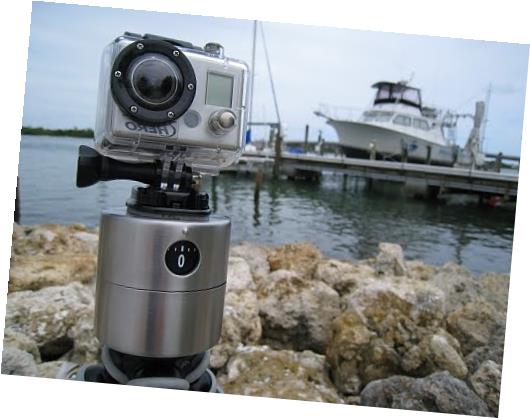
|
|
  |
|
20 Фев. 2015 г.Time lapse goproI prefer to use QuickTime 7 for the simplest way to produce a seamless time-lapse sequence. Having the camera pan from one side to the other, or zoom into a certain point, isn’t as hard to achieve as you’d think.Looking down on a scene captures a much wider field of vision, so if you can shoot a scene from the first floor of a building or even higher, it will look more impressive than at street level. Play around with the number of frames per second until you find the right speed for your sequence. Thanks to the camera’s built-in functionalty, time-lapse sequences are easy to shoot, simple to edit and beautiful to watch. Select the first image from the folder that contains your images and QuickTime will do the rest. Use the preview screen, or iPhone App on the later models, to make sure everything is framed up as you want it. Try to have some action in the foreground like a tree moving in the wind, waves breaking on the sand or boats on moorings. The good news is that it’s not difficult to create something professional-looking with a bit of creativity and a GoPro camera. You can even rotate your camera through 360° whilst it happily captures your time-lapse sequence over 60 minutes using a converted egg timer.  QuickTime will create a movie (.mov) file, which can be saved and uploaded directly to YouTube or used in your post-production editing software. Adding a ‘Tilt Shift’ effect to your sequence by blurring the top and bottom of the image, along with increasing the saturation, can give the illusion that the subject has been miniaturised… like toy town! Blue skies might look good in a single photo but are rather boring in a time-lapse sequence! Take into account the standard GoPro battery only lasts between one to three hours depending on the model, you could add the extra battery pack or externally power it for longer sequences. Whether it’s clouds, stars, sunsets or city scenes, compressing hours of footage into a few seconds of visual narrative speaks right to heart of many creatives. Try shooting scenes on the banks of a river, at the entrance to a marina, busy road junctions, airports, or anywhere where there’s lots of activity. If you’re capturing a landscape then choose a day with lots of broken cloud or even a storm rolling by. The golden hour of sunlight at the start and end of the day looks even better when used in a time-lapse sequence.  |
|

 Sony 100 экшн камера
Sony 100 экшн камера